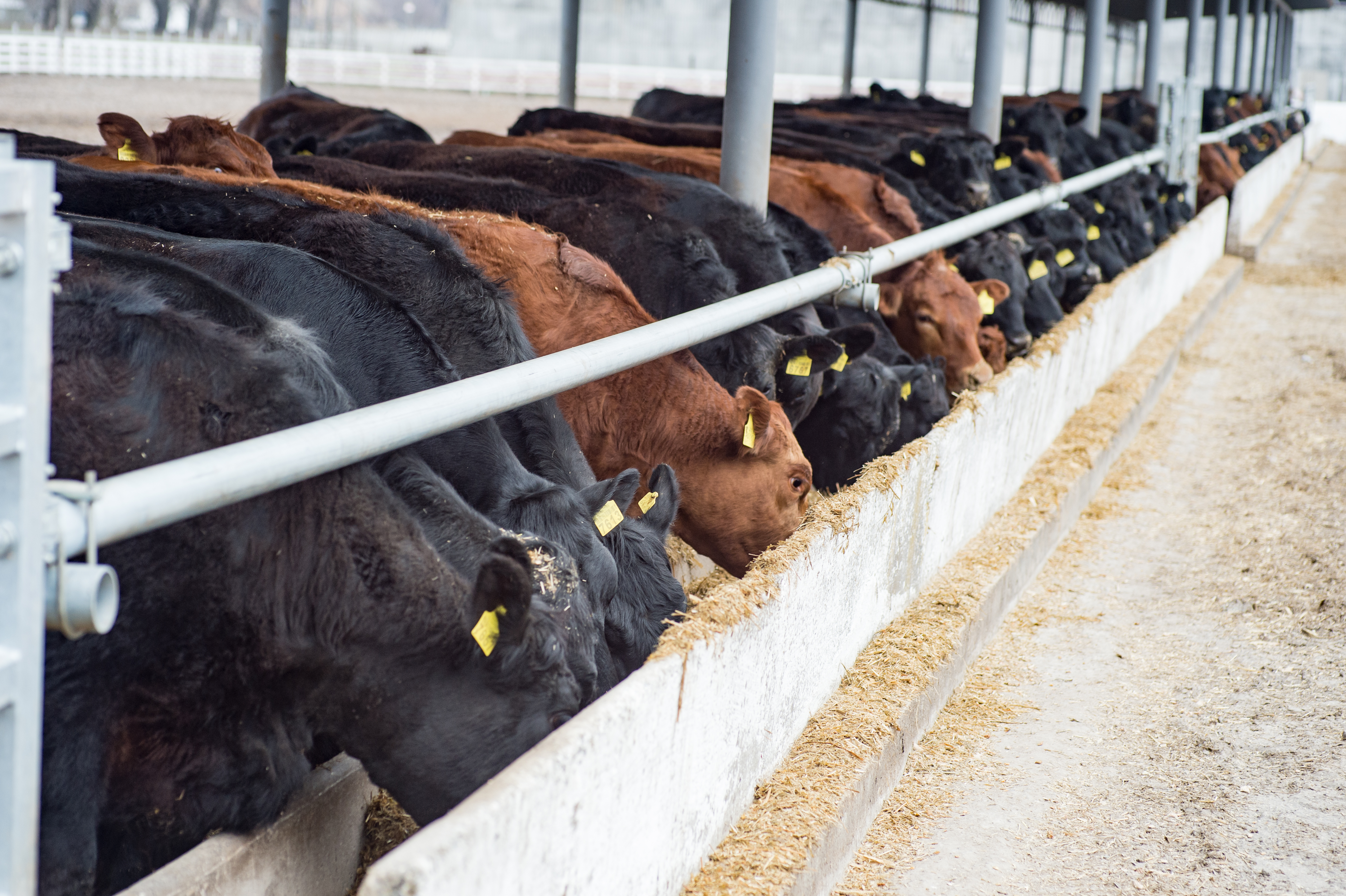
May 29, 2023 Cow/Calf Update
Feedlot Operators:
This is the first of many feedlot specific updates that we will bring to you from the FCS Beef Group. The first two things we will discuss are two items that cost you nothing other than your time. One is bunk management and the other is feed storage management. These are both awkward conversations to have.
First is managing intakes. If you're like me you have been managing bunks for several years and you don’t really want anyone telling you how your management could be fine tuned. My intention is to remind you of the things you already know about managing intakes. In all honesty I can tell you that I cannot remember a pen of cattle where I got the bunks managed perfectly every day throughout the entire feeding period. There is always something that comes from left field that gets you ahead of them or farther behind than you wanted. Especially early in the period. We know the eye of the feeder fattens the cattle we should also realize the art of managing intake is just that, art, not an exact science. There are biological reasons why we need to manage intake or bunks however you prefer to term it. These reasons are more suited for a conversation on your feedlot. For this article we need to focus on the free $30 bill per head that comes from properly managing intake as best we can on a daily basis. This is the average dollar value researchers have put on properly managing intakes on a handful of research projects in the upper Midwest. And I will tell you these projects where done at a time when feed and cattle where both worth significantly less than they are now.
Before we can manage intake we need to know the dry matter content of the rations we are feeding. Cattle eat dry matter. We need to shift towards thinking and speaking of intakes on a dry matter basis with everyone involved in the feeding process. By doing this we take out the variability of moisture since it will vary daily in our bunkers. As we shift toward thinking about our feed deliveries in pounds of dry matter we become more in tune to making correct feed delivery changes as needed.
In the next update Jarred and I will give some rules of thumb and things we have learned the hard way about starting and keeping cattle on feed. While these first two articles focus on things that cost you nothing but your time and attention, realize we have a product that will help keep cattle on feed during the 90 degree heat headed this way. Supermix Abate is in our warehouse and ready to be used, call and ask me for more info on it.
Thank you,
Al, Jared, and Katia.